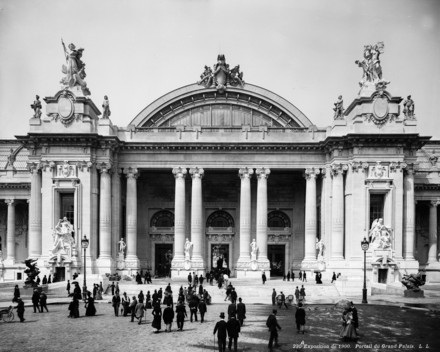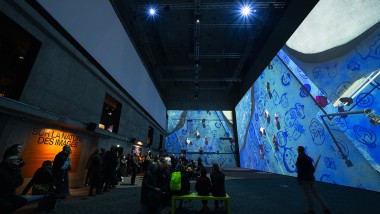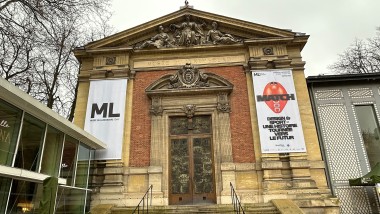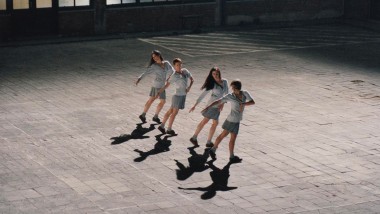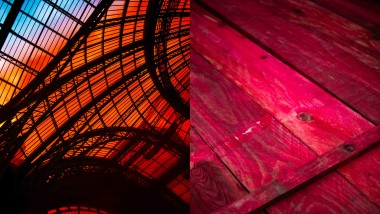Early in the afternoon of April 14 1900, the visitors, manifestly straining with impatience, thronged along the Seine towards the Universal Exhibition. For a 30 centimes fare, they travelled by a horse-drawn omnibus or tram, while others crossed Paris in a hackney carriage, or, for the better off, a barouche. All were bursting with impatience to seize the opportunity to "tour the world in minutes".
Thirteen thousand guests including military officers, ministers and ambassadors, took their seats in the Salle des fêtes of the Palais des Machines, where the finery of the belles of the day were picturesquely set off by a bright range of foreign uniforms. The day was sunny, and, after a stirring rendition of the Marseillaise, all ears were trained to hear what the President of the Republic, Émile Loubet, had to say. When he uttered the words "faith in progress", and paid tribute to the labourers, invoking "work as a path to happiness", the crowd unleashed the full force of its enthusiasm and it was to a triple salvo of applause that Emile Loubet declared the Universal Exhibition open.
A fortnight later the Grand Palais could open its doors to the public. Though it was not absolutely complete — Récipon's quadrigas were not yet in place— the visitors could already marvel at the juxtaposition of classicism and Art nouveau. The centrepiece however was the "the grandiose effect obtained by the combination of materials (steel and stone) that had never yet been used on such a monumental scale", as a contemporary critic enthused in L'Illustration. The staircase of honour was universally acclaimed for its elegant, coiling wrought iron and green porphyry columns.
Once the architectural feat had been completed, the Grand Palais could make its entrance into the twentieth century. This was the start of a new story, quite as exciting as what had gone before…


